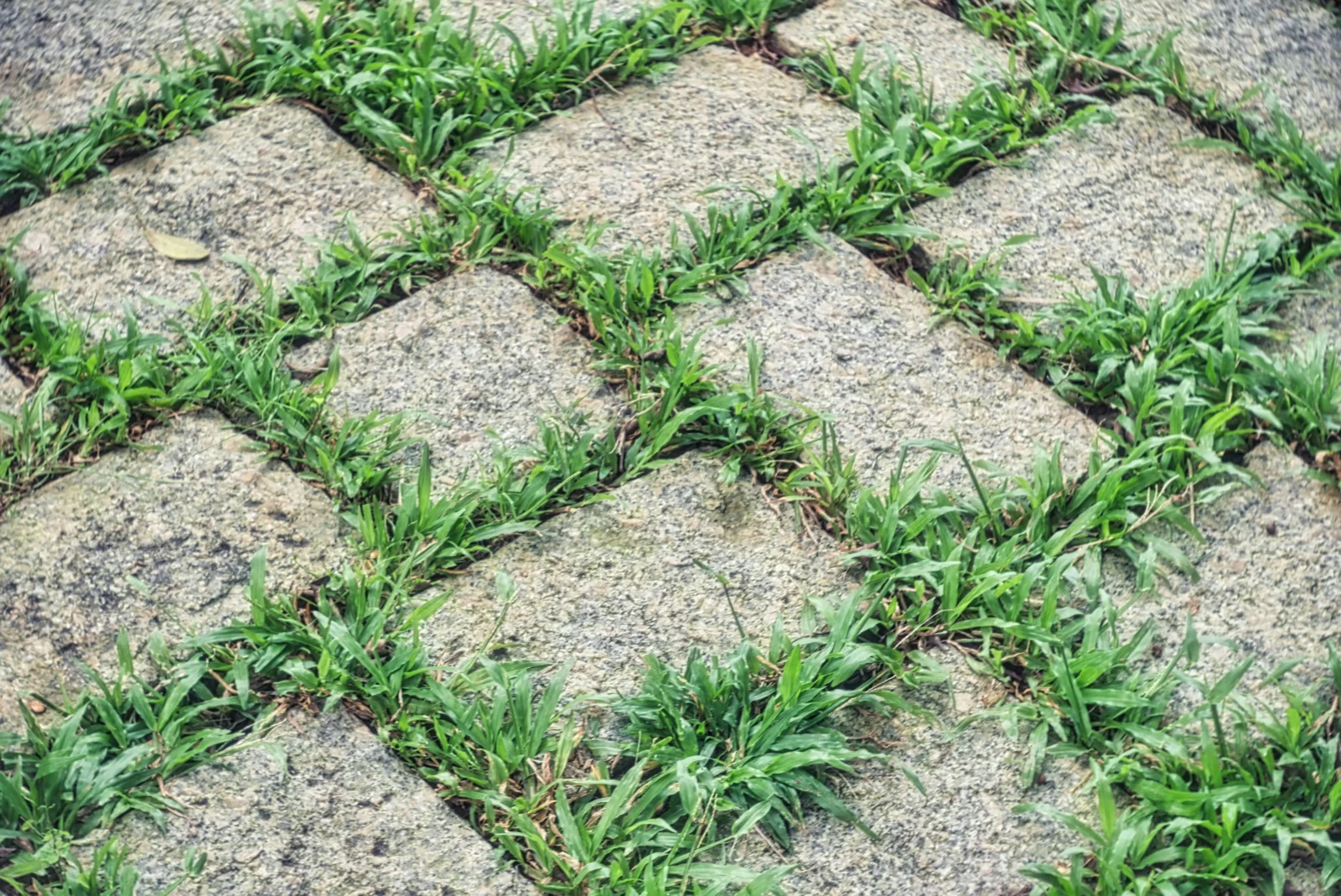- Home
- Articles
- Architectural Portfolio
- Architectral Presentation
- Inspirational Stories
- Architecture News
- Visualization
- BIM Industry
- Facade Design
- Parametric Design
- Career
- Landscape Architecture
- Construction
- Artificial Intelligence
- Sketching
- Design Softwares
- Diagrams
- Writing
- Architectural Tips
- Sustainability
- Courses
- Concept
- Technology
- History & Heritage
- Future of Architecture
- Guides & How-To
- Art & Culture
- Projects
- Interior Design
- Competitions
- Jobs
- Store
- Tools
- More
- Home
- Articles
- Architectural Portfolio
- Architectral Presentation
- Inspirational Stories
- Architecture News
- Visualization
- BIM Industry
- Facade Design
- Parametric Design
- Career
- Landscape Architecture
- Construction
- Artificial Intelligence
- Sketching
- Design Softwares
- Diagrams
- Writing
- Architectural Tips
- Sustainability
- Courses
- Concept
- Technology
- History & Heritage
- Future of Architecture
- Guides & How-To
- Art & Culture
- Projects
- Interior Design
- Competitions
- Jobs
- Store
- Tools
- More
Essential Tips for Effective Furniture Selection in Garden Design
Discover how to transform your garden into an inviting outdoor oasis through expert furniture selection. This article explores the vital balance of style, comfort, and durability, guiding you to choose the perfect materials and pieces. Learn about various seating options, tables, and accessories to enhance functionality and visual appeal.

When it comes to creating an inviting outdoor space, furniture selection plays a crucial role in garden design. We often overlook how the right pieces can enhance both functionality and aesthetics, transforming a simple garden into an oasis of relaxation and entertainment. Choosing the right furniture not only complements the natural beauty of our surroundings but also reflects our personal style.
As we explore the world of garden furniture, it’s essential to consider factors like materials, durability, and comfort. From cozy seating arrangements to stylish dining sets, the options are endless. By thoughtfully selecting furniture, we can create a harmonious balance between nature and design, making our gardens a true extension of our homes. Let’s dive into the key elements that will help us make informed choices for our outdoor retreats.

Table of Contents
ToggleImportance of Furniture Selection in Garden Design
Furniture selection plays a crucial role in garden design, impacting both function and visual appeal. Choosing the right pieces fosters a welcoming environment that complements the natural surroundings.

Enhancing Functionality
Furniture provides essential functions in outdoor spaces. We create areas for relaxation, dining, or socializing by selecting appropriate pieces. Functional options, such as tables, chairs, and loungers, cater to our specific needs, enabling us to maximize the garden’s potential.
Aesthetic Contribution
Furniture influences the overall aesthetic of the garden. Stylish options add character and charm, helping to establish a cohesive design. By pairing furniture elements with plant selections, colors, and textures, we enhance the visual interest and create inviting areas that reflect our personal style.
Material Considerations
Material choice affects both durability and maintenance. Weather-resistant materials, like teak or aluminum, ensure furniture withstands the elements, making it suitable for outdoor use. Selecting the right materials also aligns with our goals for sustainability, enhancing the ecological footprint of our garden design.
Comfort and Ergonomics
Comfort is key in furniture selection. Ergonomically designed pieces provide support while we enjoy our outdoor spaces. Considering cushions and other comfort-enhancing features elevates the experience, encouraging us to spend more time outdoors.
Creating Harmony
Harmonizing furniture with garden elements fosters a seamless integration of design components. We achieve balance by ensuring colors, styles, and sizes complement landscape features. This cohesive approach transforms our garden into an extension of our home.
Incorporating these aspects into our furniture selection guides us toward a well-designed garden that reflects our tastes while providing functionality and comfort.
Types of Garden Furniture
Selecting the right garden furniture involves various categories tailored to meet both practical and aesthetic needs. We focus on seating options and tables with accessories that complement our outdoor spaces.

Seating Options
When choosing seating options, we consider styles like benches, loungers, and chairs to enhance comfort.
- Benches invite multiple users while creating conversational spaces.
- Loungers offer ultimate relaxation, perfect for sunbathing or reading.
- Chairs come in various styles, including armchairs and folding options for versatility.
- Sofas can redefine outdoor living spaces, providing ample seating for gatherings.
Materials play a crucial role in seating durability. We prefer weather-resistant materials such as teak, aluminum, or synthetic wicker. These options withstand various climates while maintaining aesthetics.
Tables and Accessories
Tables serve as functional focal points in our garden design, with options including dining, coffee, and side tables.
- Dining tables cater to meals outdoors, accommodating various group sizes.
- Coffee tables create cozy seating arrangements for casual gatherings.
- Side tables provide convenience for drinks and decor accents.
Accessories enhance our garden furniture experience. We incorporate elements such as outdoor cushions for added comfort and vibrant throw pillows for color. Umbrellas and covers protect our furniture from harsh weather, extending its life. Lighting options like solar-powered lanterns or string lights create ambiance and usability after sunset.
By carefully selecting seating and tables with accessories, we achieve an inviting and functional outdoor living space.
Material Considerations
Selecting the right materials for garden furniture significantly impacts durability, comfort, and overall visual appeal. We explore three primary categories of materials: wood, metal, and synthetic options.

Wood
Wood offers a timeless aesthetic and natural warmth that enhances our outdoor spaces. Teak stands out for its resistance to moisture and decay, requiring minimal maintenance. Cedar and redwood also resist warping and insects, making them suitable choices for garden settings. When using wood, we should apply protective finishes or sealants to extend lifespan and maintain appearance. Choosing sustainably sourced wood ensures we support environmental initiatives while enjoying beautiful furniture.
Metal
Metal furniture provides strength and longevity, mimicking modern design trends. Aluminum is lightweight and corrosion-resistant, making it ideal for dynamic environments. Wrought iron offers a classic appearance and Highland resilience but may need regular upkeep to prevent rust. Steel boasts durability, though it requires protective coatings to withstand outdoor conditions. When selecting metal furniture, we must consider finishes that align with the garden’s theme while allowing for comfort features like cushions.
Synthetic Materials
Synthetic materials, like resin wicker and high-density polyethylene (HDPE), are gaining popularity for their durability and low maintenance. Resin wicker offers a stylish look while withstanding harsh weather, ideal for a variety of designs. HDPE provides excellent resistance to UV rays, ensuring colors remain vibrant over time. These materials do not require regular sealing or painting, making them practical choices for busy outdoor settings. When selecting synthetic furnishings, we ensure they complement natural elements, striking a balance between durability and style.
Style and Aesthetic
Selecting furniture for our garden design involves an understanding of style and aesthetic. The pieces we choose should harmonize with the overall garden theme, enriching the space’s visual appeal and functionality.

Traditional vs. Modern
When considering furniture styles, traditional and modern designs evoke different atmospheres.
- Traditional furniture includes classic materials like carved wood and wrought iron. These pieces often feature intricate details and timeless designs, creating a cozy and elegant feel. Options such as teak benches and ornate iron tables can evoke nostalgia while providing comfortable seating.
- Modern furniture, in contrast, emphasizes minimalism and sleek lines. Materials such as aluminum and synthetic wicker contribute to an updated aesthetic. A glass-top table paired with contemporary loungers can create a chic, inviting area that encourages relaxation and socialization.
We can blend these styles for an eclectic look, integrating both warm, traditional elements and clean, modern lines to suit our taste.
Color Schemes and Themes
Choosing the right color scheme significantly influences the garden’s ambiance.
- Neutral colors like beige, gray, and white promote a serene environment. They often work well in natural settings, allowing plants and flowers to take center stage.
- Bold colors add vibrancy and energy. Brightly colored cushions or furniture can attract attention, turning the garden into a lively gathering spot.
Combining colors according to seasonal themes can also enhance aesthetics. In spring, we might opt for pastel shades that reflect the blooming flora, while summer could inspire richer hues that stand out against lush greenery. We should carefully consider our color choices when selecting furniture to ensure a cohesive and inviting outdoor environment.
Functionality and Comfort
Selecting garden furniture can significantly enhance our outdoor experience. Prioritizing functionality and comfort guarantees our garden serves as a welcoming retreat.

Ergonomics in Garden Furniture
Choosing ergonomic garden furniture maximizes comfort and supports our bodies during extended outdoor activities. Features like contoured seating, proper back support, and armrest height contribute to reduced strain. High-quality materials, like memory foam cushions and breathable fabrics, improve comfort levels. Investing in ergonomic designs promotes long-lasting enjoyment of our outdoor spaces, encouraging us to relax or entertain with ease.
Multi-Purpose Pieces
Opting for multi-purpose garden furniture optimizes both space and functionality. Folding chairs, extendable dining tables, and storage benches exemplify this versatility, adjusting to our needs throughout the seasons. Using furniture that serves dual functions minimizes clutter and maximizes utility. It’s also a cost-effective strategy, allowing us to enjoy a well-equipped garden without overspending. Thoughtfully selected multi-purpose pieces align with our garden’s aesthetic while enhancing its practicality.
Conclusion
Selecting the right furniture for garden design is essential in creating an inviting and functional outdoor space. Our choices in furniture impact both the usability and visual appeal of gardens, establishing zones for relaxation, dining, and social interaction.
Incorporating materials like teak, aluminum, and synthetic wicker ensures durability and weather resistance. Each material brings unique attributes that contribute to the longevity and maintenance of our outdoor environment. We emphasize the importance of pairing furniture with garden elements to achieve an aesthetically cohesive design.
Understanding the distinction between traditional and modern styles helps us make informed decisions that resonate with our tastes. Blending styles can create a personalized, eclectic vibe, and considering color schemes further enhances the garden’s atmosphere.
Functionality and comfort play vital roles in our selections. Prioritizing ergonomic designs and high-quality materials like memory foam cushions enhances our outdoor leisure experience. Opting for multi-purpose furniture ensures our spaces remain organized and efficient while maintaining visual harmony.
By strategically combining style, comfort, and durability, we can transform our gardens into stylish outdoor living areas that reflect our personality and lifestyle.
- best furniture for garden design
- choosing furniture for outdoors
- decorating garden spaces
- eco-friendly garden furniture
- effective garden furniture ideas
- furniture for landscaped gardens
- garden decor furniture
- garden design furniture advice
- garden furniture selection tips
- garden furniture styles
- garden lounge furniture options
- garden seating selection
- landscape furniture guide
- outdoor furniture buying guide
- outdoor living space furniture
- patio furniture tips
- patio set selection tips
- picking the right garden table
- selecting furniture for gardens
- weather-resistant garden furniture
Submit your architectural projects
Follow these steps for submission your project. Submission FormLatest Posts
Top Tips for a Healthy and Beautiful Backyard
A thriving backyard creates space for relaxation, gatherings, and moments of quiet...
Transform Your Garden with Artificial Turf Austin Solutions
Transforming your garden with artificial turf can be a game-changer, especially if...
What You Really Need to Create a Beautiful Yard
A beautiful yard is more than just an outdoor space, it’s a...
How to Choose the Right LED Grow Light for Your Indoor Garden
For indoor growers, it can be the difference between healthy, vibrant plants...












Leave a comment